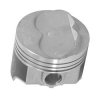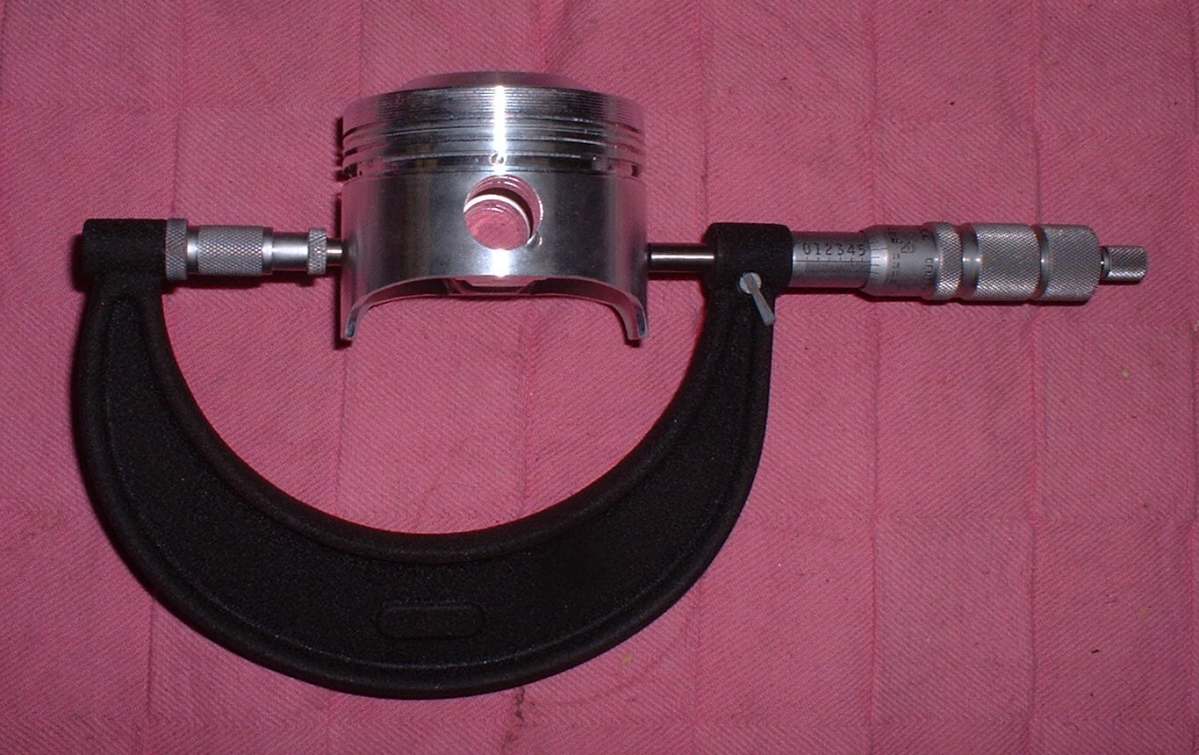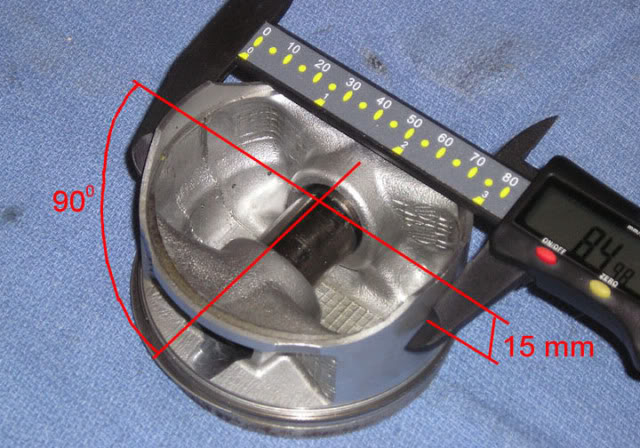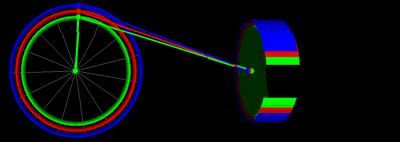Loves302Chevy
"One test is worth a thousand expert opinions."
I'm looking for the effective dome volume(s) for these pistons. Mine are .020" over.
They were L2210s that I had .193" machined off the .435" dome. That came directly
from TRW over 20 years ago - right off the prints. That was supposed to make the
2210 12.5:1 piston into the 2209 11:1 piston.
I thought it was about 11 cc for the 2209, but I just used Rick's DCR calculator and got
an SCR of 14.29, DCR of 11.89, and Cranking Pressure of 272. Something is wrong.
They were L2210s that I had .193" machined off the .435" dome. That came directly
from TRW over 20 years ago - right off the prints. That was supposed to make the
2210 12.5:1 piston into the 2209 11:1 piston.
I thought it was about 11 cc for the 2209, but I just used Rick's DCR calculator and got
an SCR of 14.29, DCR of 11.89, and Cranking Pressure of 272. Something is wrong.
Last edited:










